At one point in time, Sega Genesis was the leader in game systems in the ’90s. Since then, it has had a tremendous downfall, losing the console battle and ultimately stopping the production of consoles.
Sega failed to capitalize on the 6th generation of consoles, ultimately losing to PlayStation 2 and failing to get support from top named 3rd party developers. Falling from the ranks, it was soon overtaken by PlayStation, Xbox, and Nintendo.
The console wars included Sony’s PlayStation 2, Microsoft’s Xbox, and Nintendo’s Gamecube. Sega released their Dreamcast, which would end up being their last system.
Here are all Sega’s systems in the order they were released.
Sega Consoles
Sega’s First System SG-1000
The SG-1000 is Sega’s first attempt at the home system. As it previously had its hand in the arcade business, Sega attacked the home console space. As one of the premier arcade makers in the world, it was interesting to see Sega make the pivot to home consoles.

The SG-1000 featured a “keyboard-sized” console that had a joystick connected. It also presented an 8-bit processor unit, which had a collection of 42 games available.
The games didn’t feature any of Sega’s primary characters that we know today, but rather just ports from their popular arcade games. Video games available for the SG-1000 are Flicky, Congo Bongo, Sega-Galaga, and Girl’s Garden.
Sega Master System
The second installment in Sega’s console distribution, the Sega Master System, was Sega’s attempt to compete with Nintendo’s Famicom. It did not sell well in North America and Japan; it did well in Europe.

The Sega Master System shows Sega’s first version of the handheld controller with buttons. It features a mini-joystick for the left hand (which would be removed in future game consoles but added back for the Dreamcast) and two buttons for the right hand.
Released in 1985, the console was sold with a $200 price tag (equivalent to $450 in today’s currency), and the Master Class was met with good praise, selling 125,000 units.
Sega Genesis
Sega Genesis was Sega’s heavy-hitter into the console gaming world. This console put Sega on the map and was discussed as one of the greatest consoles made.
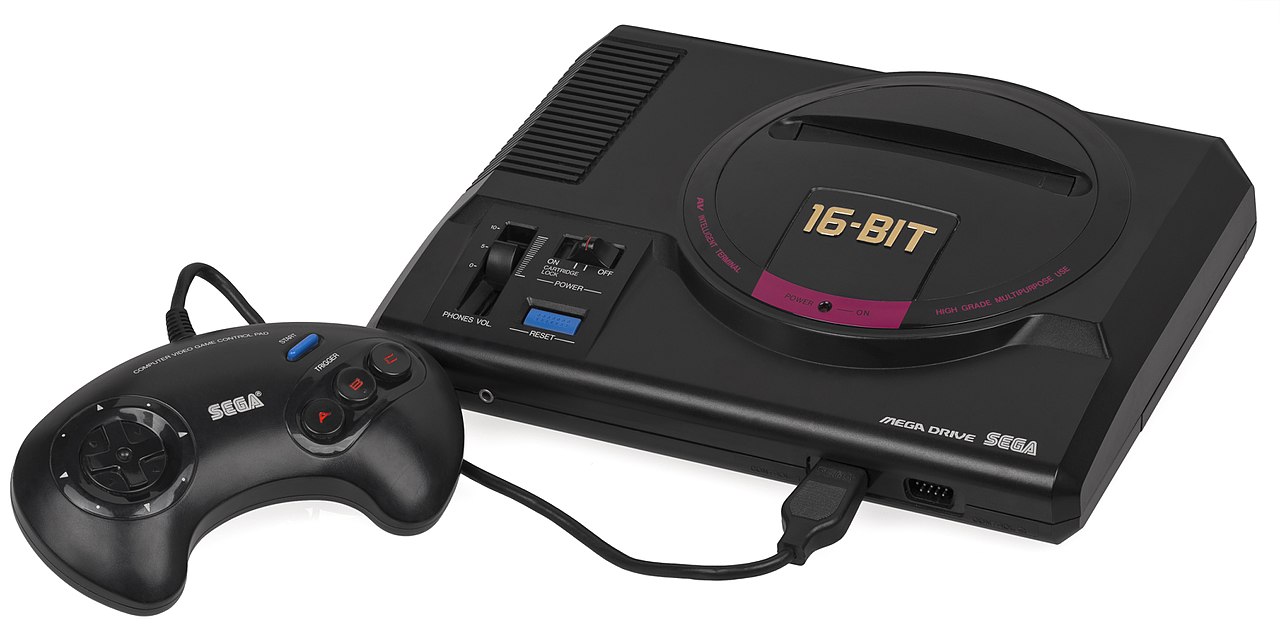
The Sega Genesis (also known as the Mega Drive outside of North America) was originally sold in Japan in 1988 and then in North America in 1989. Overshadowed by the release of Super Mario 3, the initial console release didn’t go as planned.
The 16-bit system featured a controller with a “D-Pad” on the left-hand side and four buttons – A, BC, and a start button. The console featured a volume control, an on/off switch, and a reset button (which you would frequently hit if the cartridge didn’t work).
The Genesis was ported to a handheld device called the “nomad,” which allowed players to game on the go. Insert the game cartridge you would typically play on the console into your handheld device, working on the small screen.
Similar to how the Nintendo Switch allows players to play on the go, Sega was well ahead of the time by 30 years!
Sega Game Gear
Sega released the Game Gear to compete with the wildly successful Nintendo GameBoy directly.
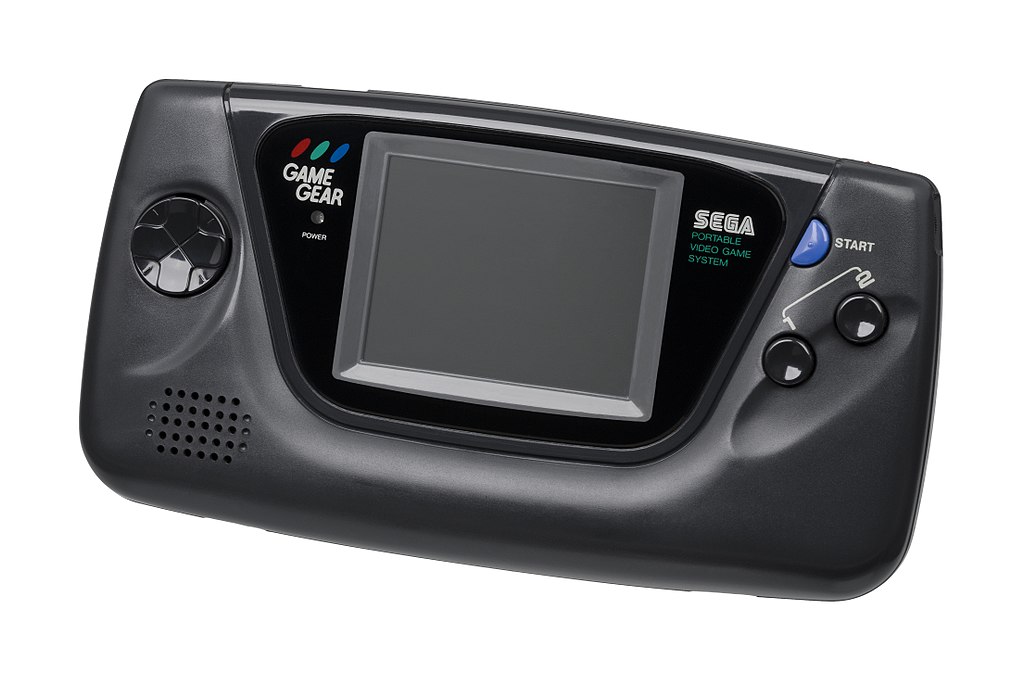
The Sega Game Game is a handheld device with a D-pad and three buttons labeled “1” and “2” with a blue start button. The screen provided 16-bit graphics to the user, providing a clear and engaging view.
Although its unique design and size were rare, the Game Gear was not as successful as the Game Boy, selling close to 10,000,000 copies. Although Game Gear’s color screen and processing power were revolutionary, the size, battery life, and small selection of games were hit with harsh criticism.
Sega CD
Sega stepped away from the cartridge game and dove headfirst into the cd-from game. The Sega CD could find a place with customers, as most bought this device while waiting for the SNES (Super Nintendo) to be released.
The Sega CD was an add-on to the current Sega, which processed the CD-ROM separately.
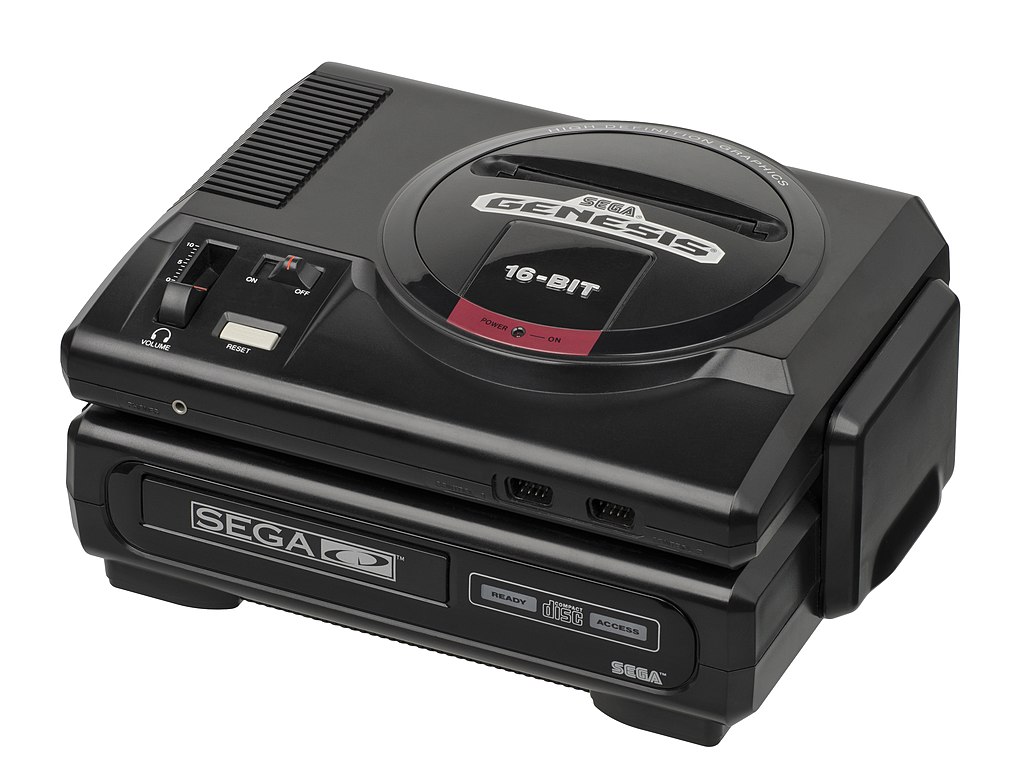
The Sega CD technology was relatively new, as it featured a new wave of gaming with the CD-ROM. The CD-ROM allowed CPUs to process better graphics and more capable games.
However, the Sega CD wasn’t a commercial success; it started to pressure competitors to develop similar consoles with CD-ROM capability.
Sega 32X & Sega Saturn
Introducing the generation of the 32-bit systems. As powerful as the Sega Genesis was, it could only produce 16-bit games. The Sega 32x was Sega’s answer to the 32-bit movement, as a cheaper option to play games as an add-on to the current Sega Genesis.
Having a tough time convincing third-party developers to make games for the 32x, it eventually flopped. Konami and Capcom canceled their projects to make games for the new PlayStation and Sega Saturn.
The Sega Saturn, in turn, was developed to make way for the 64-bit wave that was soon to be over gamers.
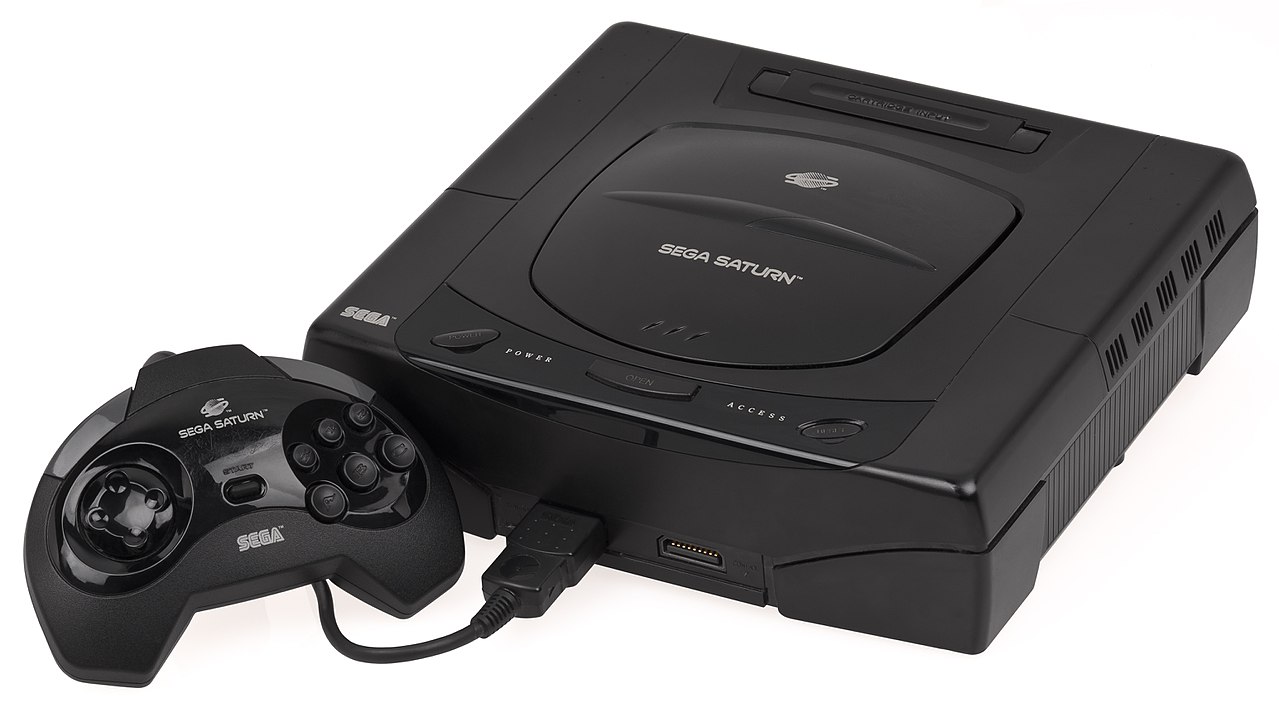
Configured with a d-pad and six-button inputs for the user to command, the Sega Saturn was met initially with high praise in Japan. However, in North America, the Sega Saturn oddly surprised gamers with a four-month earlier release date in late 1996.
The 5th generation console, by 1998, was discontinued and was considered a colossal failure. Rumor has it that the failure to deliver a game by Sega’s most beloved character, Sonic The Hedgehog, is one of the top reasons for the console’s extinction.
See Our Complete List Of Helpful Gaming Articles Here.
Sega Dreamcast
One last attempt. The Sega Dreamcast ended as Sega’s final punch in the console boxing match.
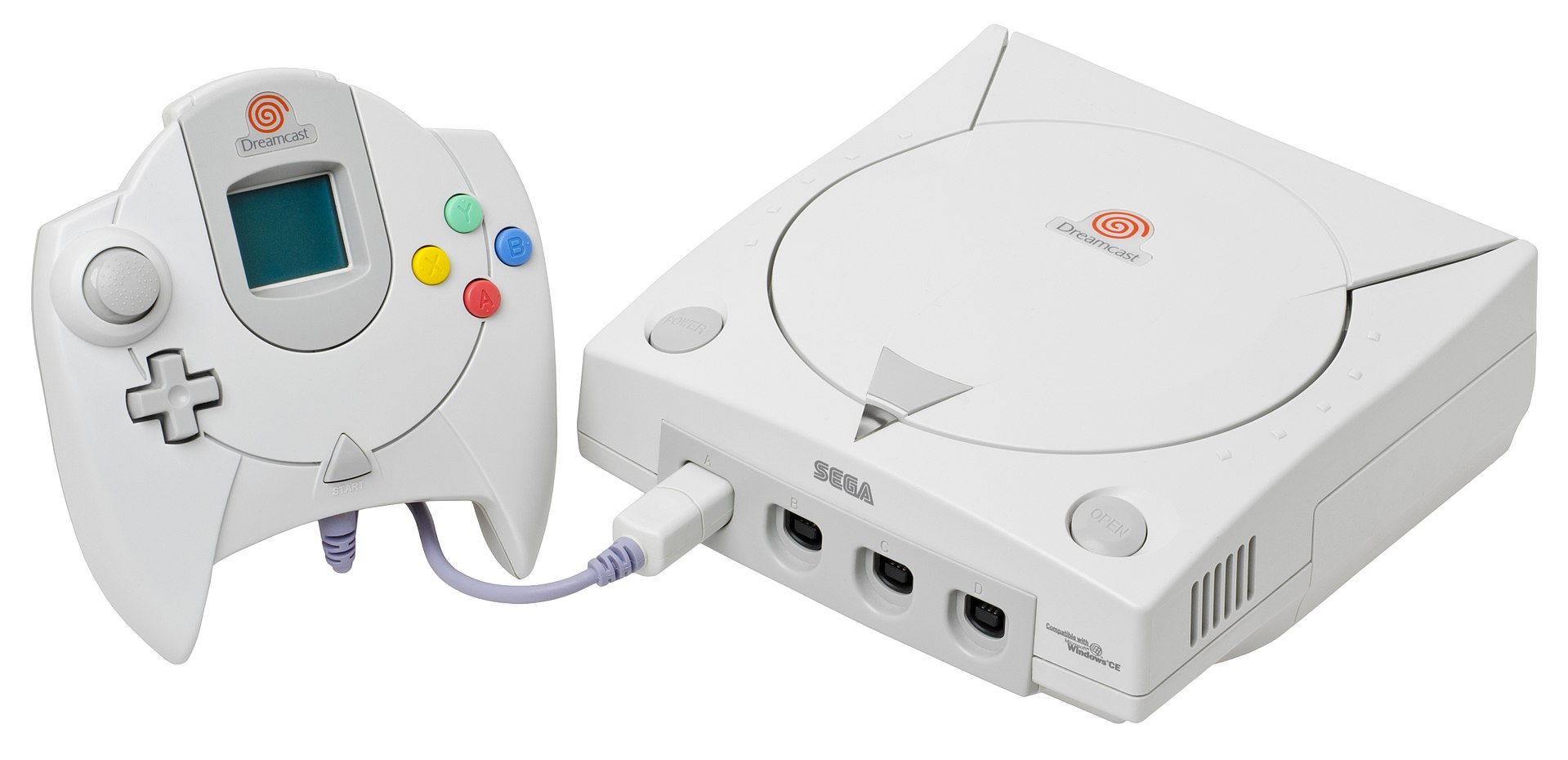
The 6th generation console was released in North America in 1999. The first 6th generation console sold, preceding Sony’s PlayStation 2, Nintendo’s Gamecube, and Microsoft’s Xbox.
Although the Dreamcast had a short lifespan, it was ahead of its time. The Dreamcast featured “ahead of its time technology” with online play and a built-in modem. Games like Crazy Taxi, Jet-Set Radio, and Marvel vs. Capcom are still fun to play even to this day!
Unlike the Sega Saturn, Sega’s Blue Hedgehog Sonic was ready to go in a new Sonic Adventure game.
Although Dreamcast had 15 titles ready to launch, its major blow came before the launch when EA pulled out of contract negotiations with Sega. The two companies couldn’t decide on the terms, and EA eventually pulled out. Why was this significant?
At the time, EA was the third leading third-party game developer globally.
Why Did Sega Consoles Fail?
In large part, the PlayStation 2 cleaned out the Dreamcast. The PlayStation was much more powerful, and it featured a DVD drive on which users could game and watch movies.
Also, as mentioned, the lack of gaming support from both EA and Squaresoft (two significant developers at the time) steered gamers to the PlayStation 2. Rumors swirled that there were massive disagreements between Sega’s management team.
Frequent changes for the company’s future ultimately sent the company off the rails. Poor phone and hardware support for the consoles also turned gamers off, leading them to new consoles.
By the end of the Dreamcast error, Sony and Nintendo shared over 80% of the console market, leading Sega to turn to third-party gaming, where it currently resides.
Can I Still Buy Sega Consoles?
Sega Consoles are still available for purchase on websites like eBay and Amazon. Local independent-owned video game stores may also be carrying older consoles. There are also emulators, phone apps, and new consoles with built-in games, which feature 85 of the top built-in games.
Is The Sega Dreamcast Still Available For Purchase?
The Sega Dreamcast is not available through Sega directly or any big-box retailers.
The Sega Dreamcast is not available through Sega directly or any big-box retailers.
Conclusion
Sega not only revolutionized the video game system but will also forever be remembered as it impacted many of our childhoods. Sega ultimately failed because it couldn’t adapt to the new and upcoming video game market.
